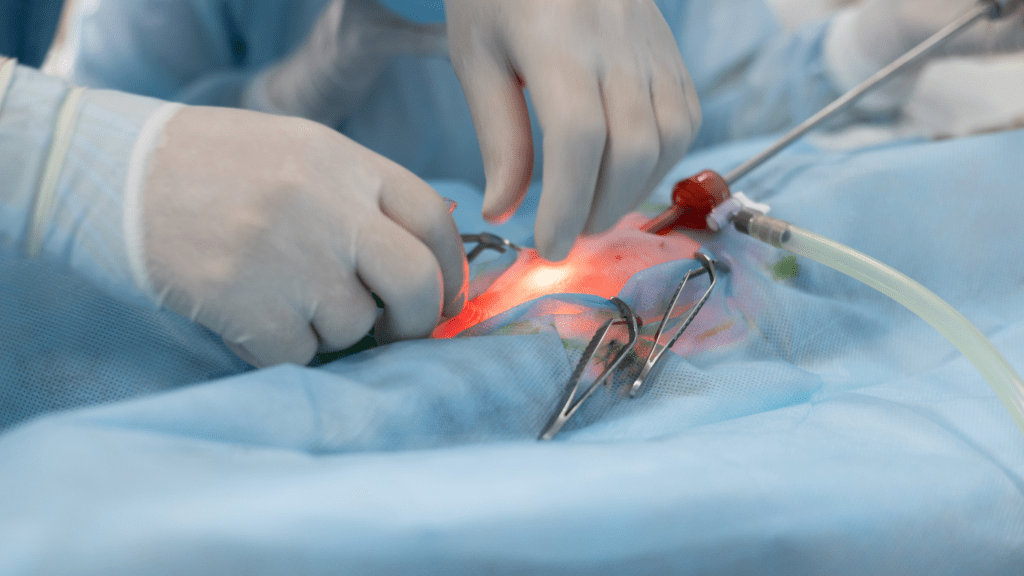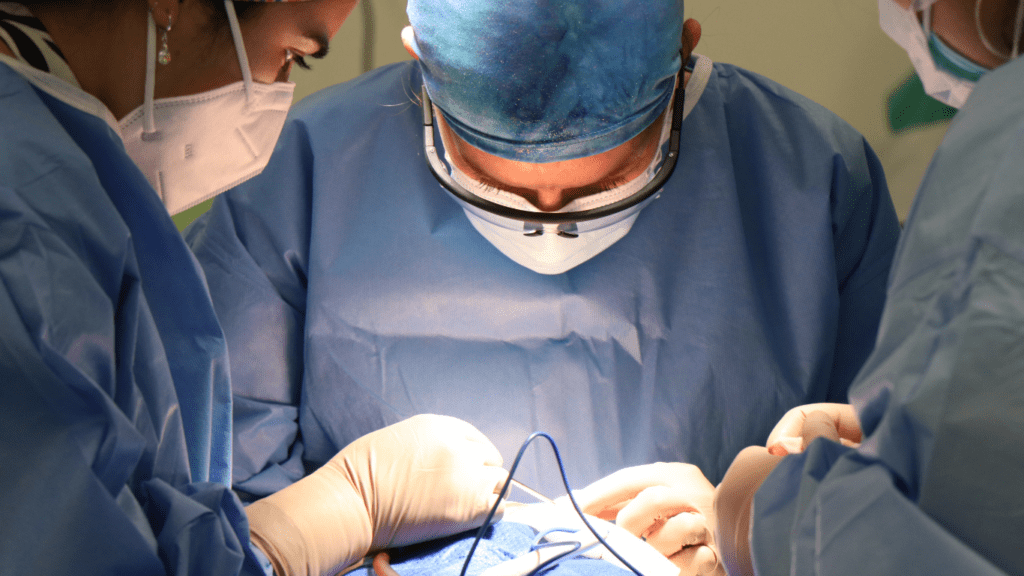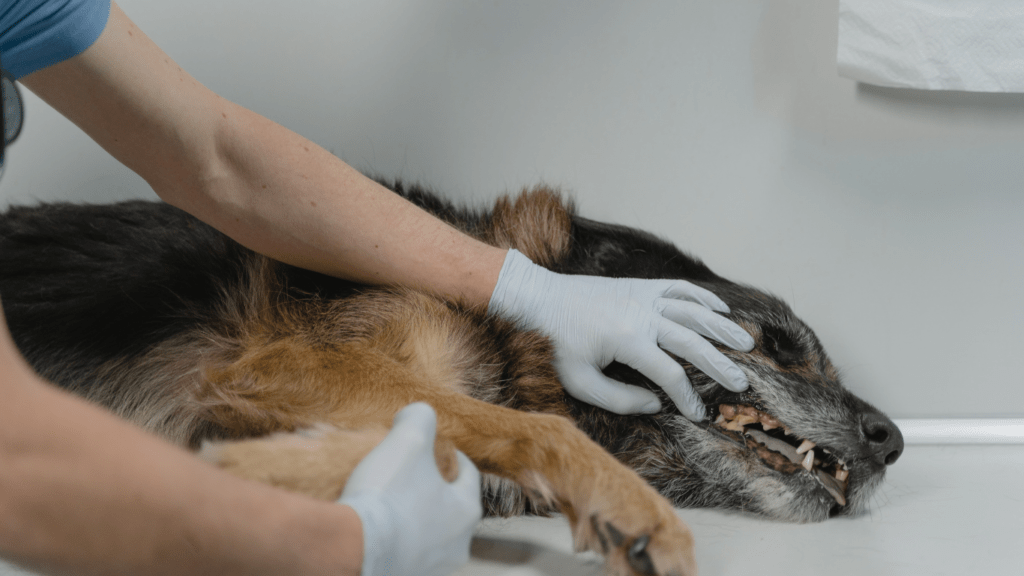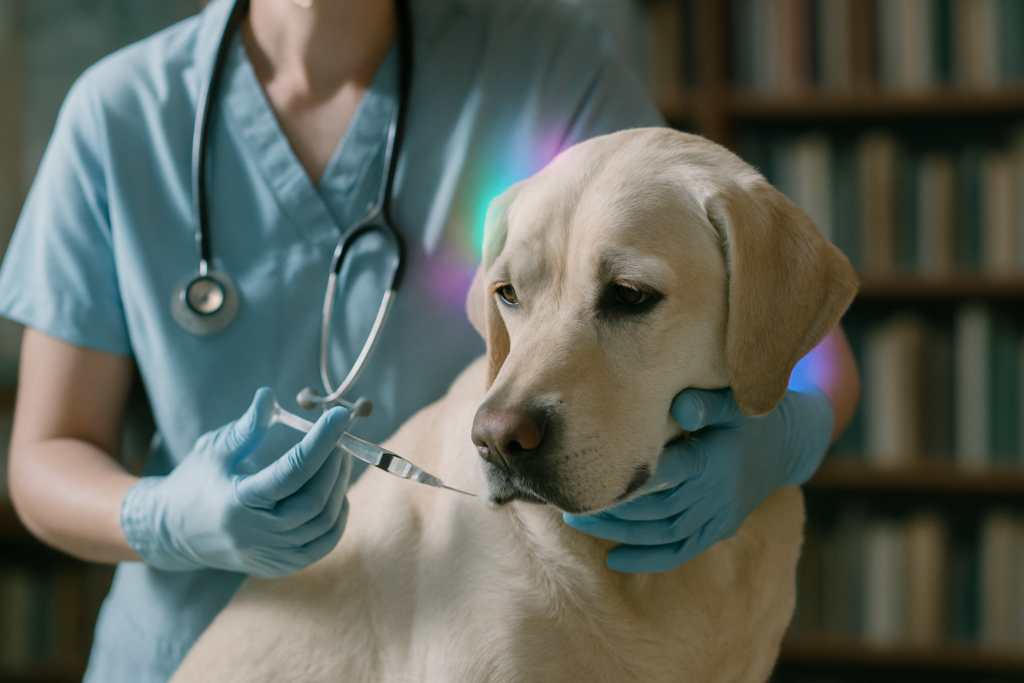As a pet owner, I understand the anxiety that can come with the thought of your furry companion undergoing surgery. It’s crucial to be well-informed about the process to ensure the best possible outcome for your beloved pet. In this article, I’ll provide valuable insights into understanding pet surgery and what owners should know to navigate this challenging time with confidence.
From routine procedures to more complex surgeries, knowing what to expect before, during, and after the surgery can make a significant difference in your pet’s recovery. I’ll cover essential topics such as pre-operative care, anesthesia, potential risks, post-operative instructions, and signs of complications to watch for. By being prepared and informed, you can play an active role in your pet’s journey to a speedy and successful recovery.
Stay tuned as I delve into the essential aspects of pet surgery, empowering you to make informed decisions and provide the best care for your furry friend.
Overview of Pet Surgery
Understanding the ins and outs of pet surgery is crucial for every pet owner. It plays a vital role in the overall well-being and recovery of our beloved animals. As a pet owner, I recognize the significance of being well-informed about what to expect before, during, and after the surgical procedure. Let’s delve into the essential aspects of pet surgery that every pet owner should be aware of.
- Pre-Operative Preparation:
Before the surgery, it’s essential to follow the pre-operative care instructions provided by the veterinarian diligently. This may involve fasting your pet before the procedure and ensuring they are in good health condition for surgery. - Anesthesia:
Anesthesia is commonly used during pet surgeries to ensure they remain calm and pain-free throughout the procedure. It’s critical to discuss any concerns or past reactions to anesthesia with your veterinarian to ensure a safe administration. - Potential Risks:
Like any medical procedure, pet surgery carries potential risks. These risks can vary depending on the type of surgery and your pet’s health condition. Understanding these risks and discussing them with your vet can help you be better prepared. - Post-Operative Care:
After the surgery, your pet will require special care and attention during the recovery period. Following the post-operative instructions, such as medication administration, wound care, and activity restrictions, is crucial for a smooth recovery process. - Signs of Complications:
It’s essential for pet owners to be aware of the signs of complications following surgery. These may include excessive bleeding, swelling, difficulty breathing, or changes in behavior. Knowing when to seek immediate veterinary assistance can make a significant difference in your pet’s recovery.
By understanding these key considerations and actively participating in your pet’s surgical journey, you can ensure the best possible outcome and provide the necessary support for your pet’s recovery. Stay informed, ask questions, and work closely with your veterinarian to give your furry friend the care they deserve throughout the surgical process.
Common Types of Pet Surgeries
When it comes to pet surgeries, there are several common procedures that pet owners should be aware of to ensure the well-being of their furry friends. Let’s explore two significant types of pet surgeries in detail.
Spaying and Neutering
Spaying and neutering are standard surgical procedures performed on pets, primarily to control the pet population and prevent behavioral issues. Spaying involves the removal of the uterus and ovaries in female pets, while neutering refers to the removal of the testes in male pets. These surgeries not only help in population management but also contribute to the overall health and well-being of the animal.
Dental Surgeries
Dental surgeries are essential for maintaining the oral health of pets. Common procedures include dental cleanings, extractions, and treatments for oral diseases. Pets, like humans, can suffer from dental issues that, if left untreated, can lead to pain, infection, and other health problems. Regular dental check-ups and necessary surgeries can prevent severe oral conditions and ensure that your pet has a healthy and happy mouth.
Preparing Your Pet for Surgery
Prior to your pet’s surgery, it’s crucial to follow specific guidelines to ensure a smooth process and promote a successful outcome. Here’s how I recommend preparing your pet for surgery:
Consultation and Instructions
Before the surgery date, it’s essential to attend a consultation with your veterinarian. During this consultation, your vet will provide detailed instructions on how to prepare your pet for the procedure.
Fasting Guidelines
Your veterinarian will likely instruct you to fast your pet for a certain period before surgery. It’s important to follow these fasting guidelines to prevent any complications during the procedure.
Medication Management
If your pet is on any medications, discuss with your vet whether they should be continued, adjusted, or paused before the surgery.
Comfort and Familiarity
Ensure your pet is comfortable and in a familiar environment before the surgery. Providing familiar bedding or toys can help reduce stress and anxiety.
Transportation Arrangements
Plan ahead for transportation to and from the veterinary clinic on the day of the surgery. Make sure your pet is secure and safe during transit.
Follow Care Instructions
Your veterinarian will provide post-operative care instructions. It’s crucial to follow these instructions diligently to aid in your pet’s recovery process.
By following these preparatory steps, you can help ensure that your pet is ready for surgery and set the stage for a successful procedure and recovery.
Risks and Complications
Understanding the potential risks and complications associated with pet surgery is crucial for every pet owner. While veterinary surgeries are generally safe, there are inherent risks involved that owners should be aware of to ensure the best possible outcome for their beloved pets.
- Infection: One of the most common complications following pet surgery is the risk of infection at the surgical site. It’s important to monitor the incision site for any signs of redness, swelling, or discharge. If you notice any unusual symptoms, contact your veterinarian immediately.
- Anesthesia Risks: Anesthesia is a necessary component of most surgical procedures, but it also comes with its own set of risks. Pets may have adverse reactions to anesthesia, leading to issues such as vomiting, respiratory problems, or allergic reactions. Your vet will take precautions to minimize these risks, but being informed about potential anesthesia complications is essential.
- Excessive Bleeding: Some surgeries carry a risk of excessive bleeding during or after the procedure. It’s vital to follow your vet’s post-operative care instructions carefully to prevent any incidents of bleeding. Monitoring your pet’s incision site and keeping an eye out for any abnormal bleeding is crucial in the immediate post-operative period.
- Organ Damage: In certain complex surgeries, there is a risk of inadvertent damage to internal organs. Your veterinarian will take all necessary precautions to minimize this risk, but it’s essential to understand that such complications can occur and may require additional treatment.
- Delayed Healing: Not all pets heal at the same rate, and some may experience delayed wound healing post-surgery. Factors such as the pet’s overall health, age, and the type of surgery performed can influence the healing process. Keeping a close eye on the incision site and following up with your veterinarian if you notice any delays in healing is crucial for prompt intervention.
By being aware of these potential risks and complications, pet owners can work closely with their veterinarians to ensure a safe and successful surgical experience for their furry companions. Vigilance, adherence to post-operative care instructions, and prompt communication with the veterinary team can help mitigate these risks and promote a smooth recovery process for pets undergoing surgery.
Recovery Process
Ensuring a smooth recovery process for pets post-surgery is vital for their overall well-being. After the surgical procedure, it’s crucial to follow the veterinary team’s instructions diligently and provide the necessary care at home. Here are some essential aspects of the recovery process:
Post-Operative Care Instructions:
- It’s essential to carefully follow the post-operative care instructions provided by the veterinary team.
- Common instructions may include monitoring the incision site for any signs of infection, administering medications as prescribed, and restricting your pet’s activity level.
Pain Management
- Pain management is a critical component of the recovery process.
- Ensure that your pet receives appropriate pain medication as prescribed by the veterinarian to keep them comfortable during the healing period.
Monitoring for Complications
- Keep a close eye on your pet for any signs of complications, such as excessive bleeding, swelling, redness, or discharge at the incision site.
- Contact your veterinarian immediately if you notice any concerning symptoms.
Nutrition and Hydration
- Providing proper nutrition and ensuring adequate hydration are essential for the recovery process.
- Follow any dietary recommendations from the vet and ensure your pet has access to fresh water at all times.
Rest and Comfort
- Rest is crucial for your pet’s recovery, so provide a quiet and comfortable space for them to rest undisturbed.
- Minimize environmental stressors to promote a calm and peaceful recovery environment.
By attentively following these guidelines and being proactive in caring for your pet during the recovery phase, you can contribute to a successful post-surgery outcome and ensure your furry companion’s speedy and safe return to normal health.




